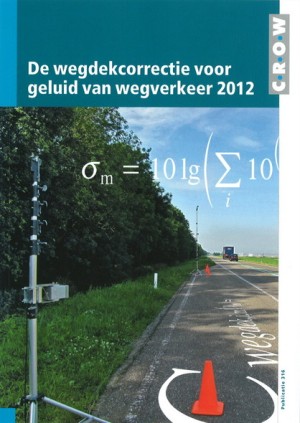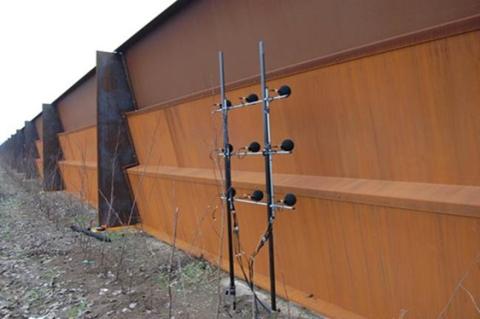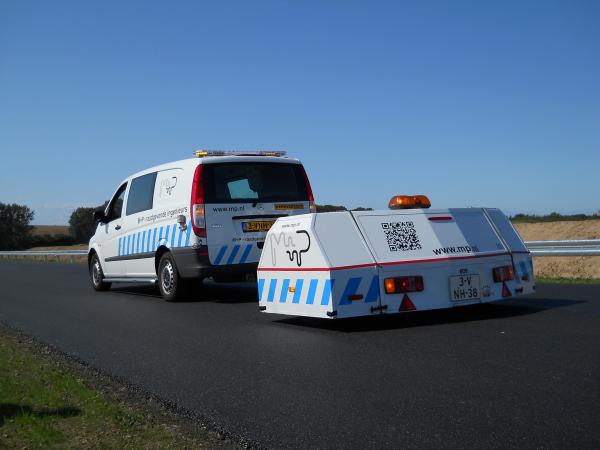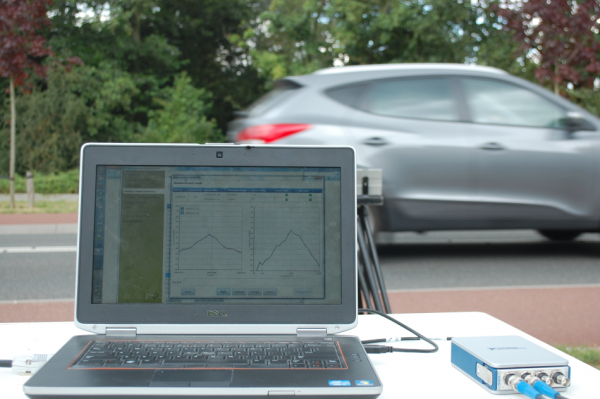Measuring the sound properties of road surfaces
Do you want to know how quit a road surface is? Do you want to determine whether the agreed acoustic quality of a road has been delivered? We can answer those questions for you. With our measurement systems we can easily and accurately record the acoustic properties of a road surface.
The sound properties of a road surface have a great influence on the production of road traffic noise. Measuring the acoustic performance of the road surface is an M+P speciality. The three most commonly used methods are the Close Proximity method (CPX), the Statistical Pass-By method (SPB) and the method for measuring sound on expansion joints. These methods have, in the most part, become international standards and are often used when drawing up contracts and specifications.

CPX measuring
The CPX trailer is a practical tool to measure the sound properties of the road surface over longer distances. M+P has developed its own measurement system with which we can carry out measurements under all circumstances. A big advantage of the M+P trailer is that the effect of any environmental interference is minimal. There are no traffic control measures necessary for a CPX-measurement, so this method of measurement can be used virtually anywhere.
SPB-measuring
SPB-measurements provide insight into the technical noise properties of a road surface at a specific location. This method works very well at locations where there has been some sort of road surface correction as described in the rules. With years of experience, our professional measuring team makes M+P well known throughout the Netherlands for running SPB measurement tests. Every year, we carry out several hundred road surface measurements.
Measurements of expansion joints
With road surfaces becoming more quieter, irregularities such as expansion joints are becoming increasingly apparent. As a result, the demand for low-noise expansion joints has increased in recent years. Our measurement teams can very accurately measure the noise made by an expansion joint. The measurement results can be checked against the regulations (for example, the Rijkswaterstaat NBD00401/RTD1007-3 regulations), and we can then offer advice about reducing any inconvenience. The method for measuring expansion joint noise is closely related to the SPB-method.







